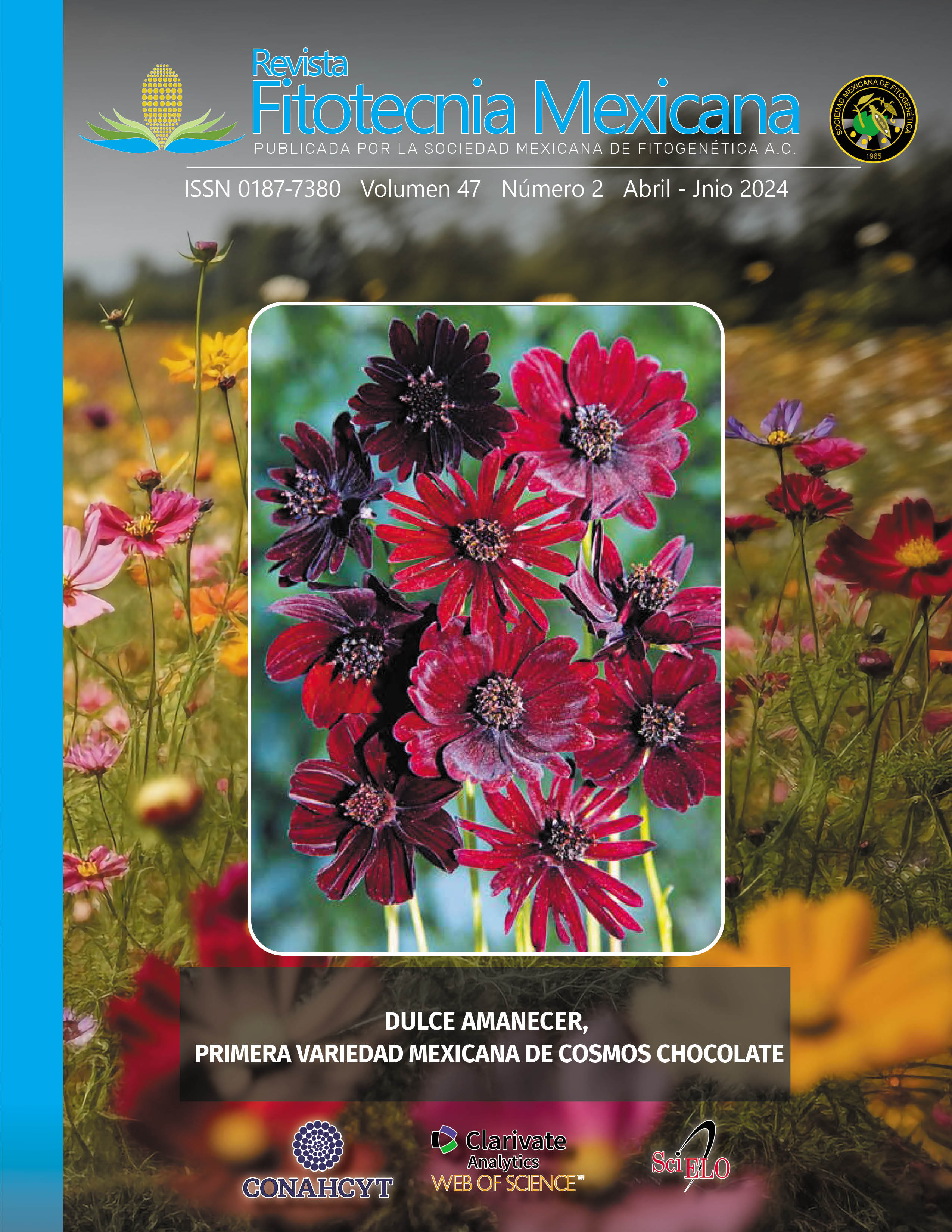PHYTOCHEMISTRY OF PRICKLY PEAR (Opuntia albicarpa SCHEINVAR) GLOCHIDS
Main Article Content
Abstract
Glochids of prickly pear are a byproduct of the fruit cleaning process that is discarded in plastic bags, which generate an environmental impact with cumulative effect because this lignocellulosic material is of low biodegradability. In order to generate added value to this agricultural by-product, the phytochemical properties of the pigments and pectic polysaccharides were determined in glochid hydrolysates of Opuntia albicarpa Cristalina and Burrona. Spectrophotometry analyses indicated that these structures contain 16.2 ± 3.4 and 20.6 ± 1.2 mg·100g-1 total betalains in Cristalina and Burrona, respectively, with a predominance of betacyanins. Total flavonoids were similar in both varieties with 101.3 ± 4.3 mg quercetina·100g-1 in Cristalina and 112.9 ± 6.9 mg·100g-1 in Burrona. Total phenols concentration was 427.4 ± 18.4 and 385.7 ± 17.0 mg·100g-1 in Burrona and Cristalina, respectively. The concentration of total pectins, expressed as galacturonic acid, was 128.7 ± 26.7 and 35.6 ± 17.3 mg·100g-1 in Burrona and Cristalina. The composition of the glochids showed that the by-product of the prickly pear conditioning has potential for nutraceutical and biostimulant use in agricultural crops.

